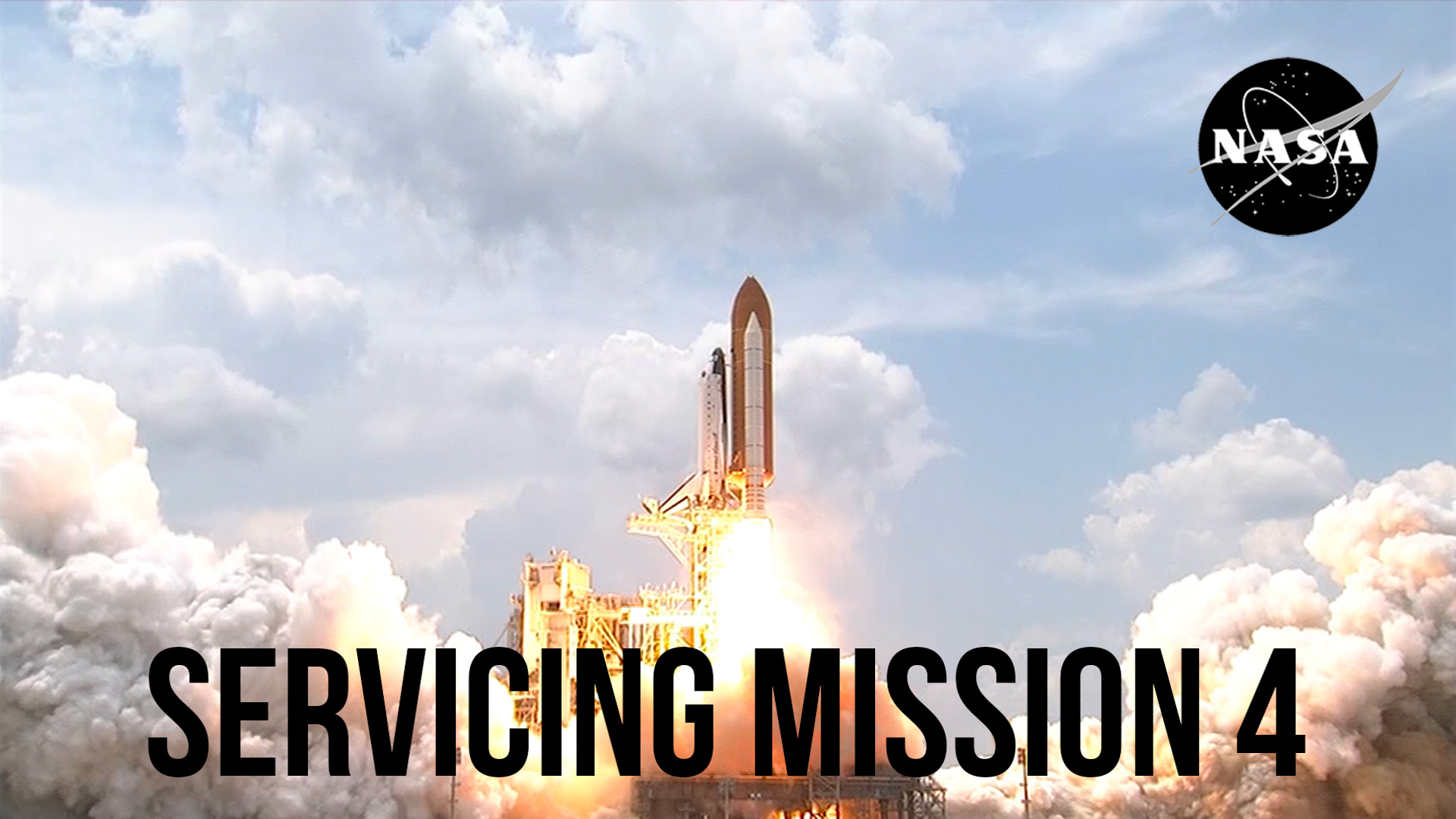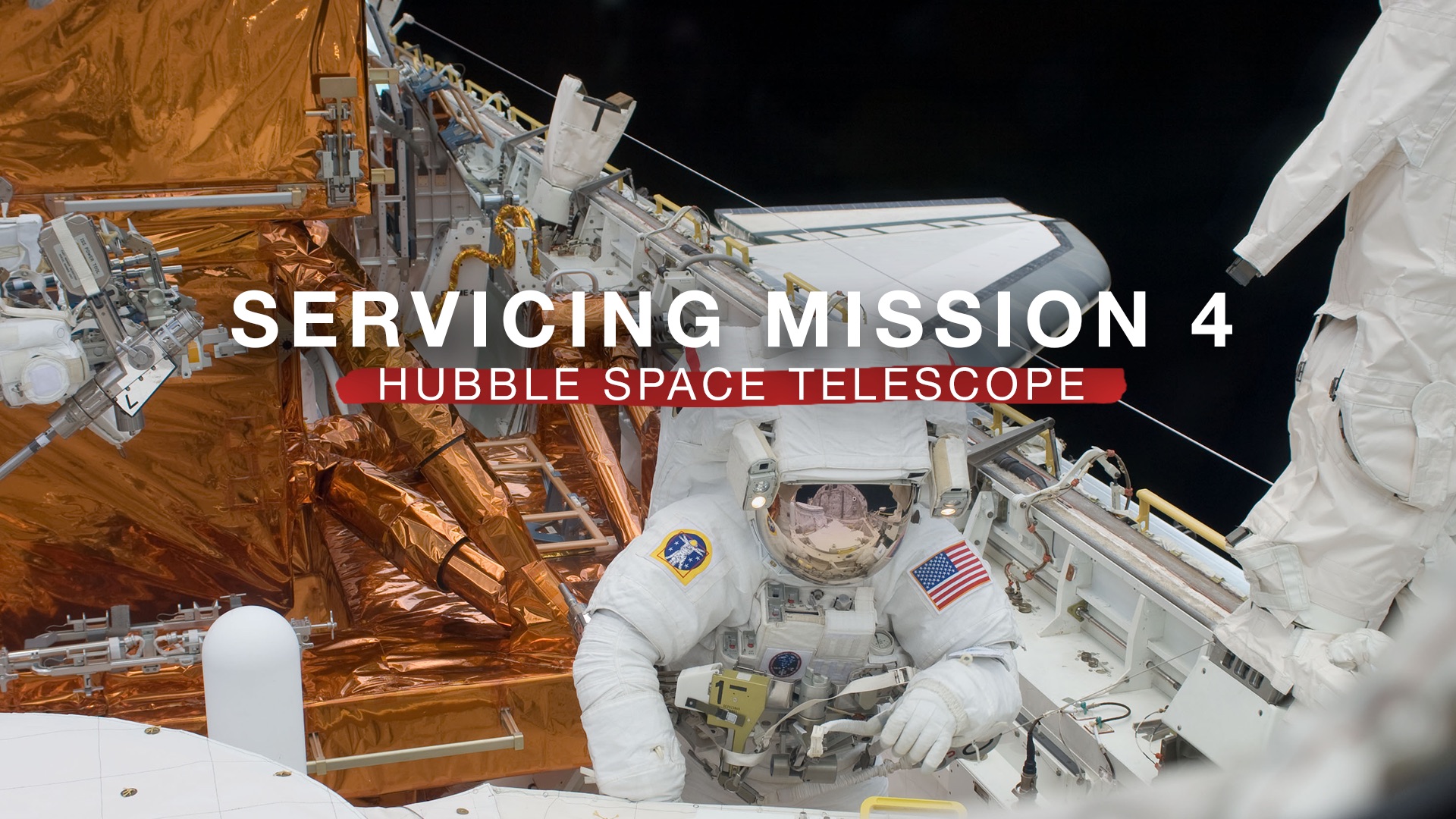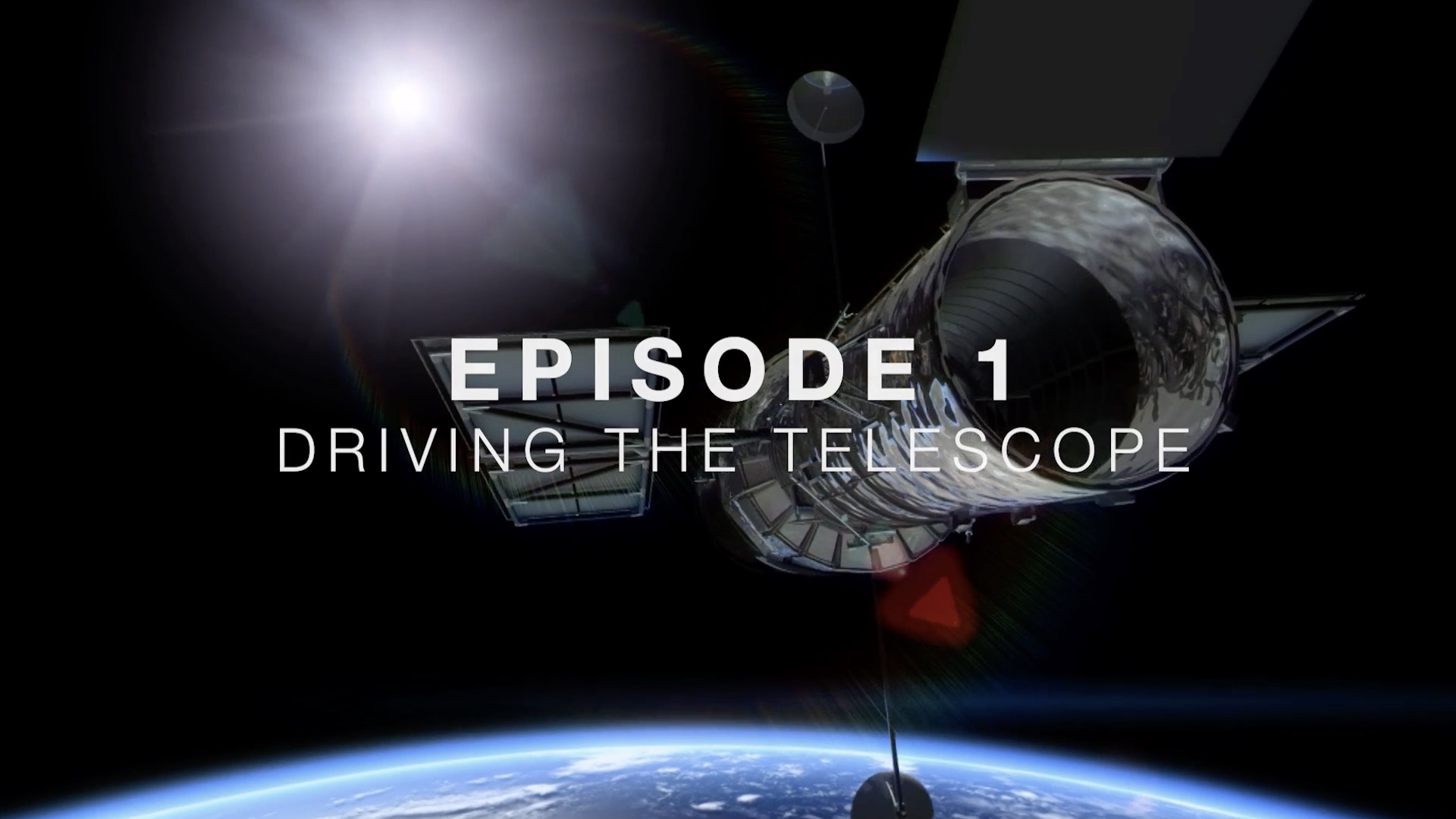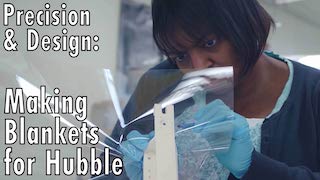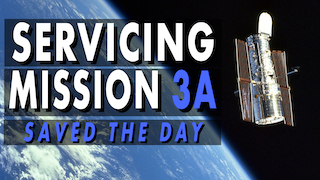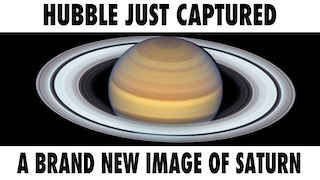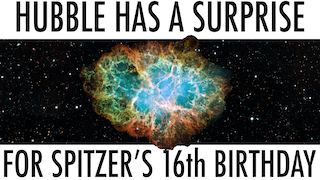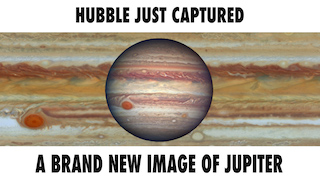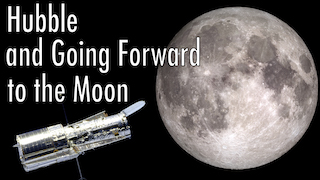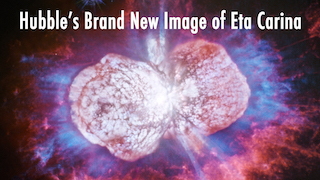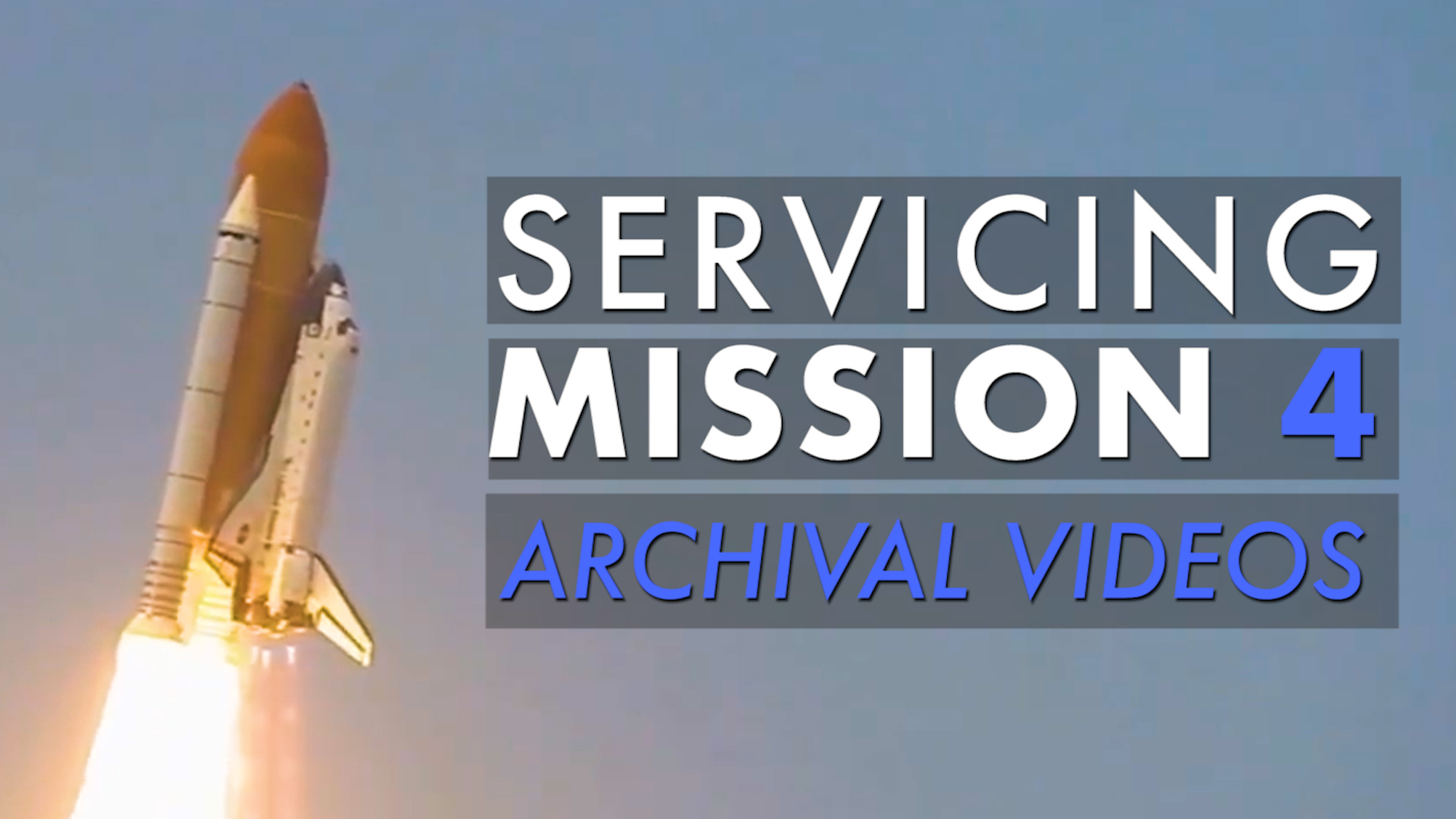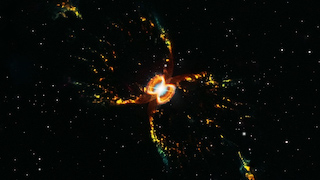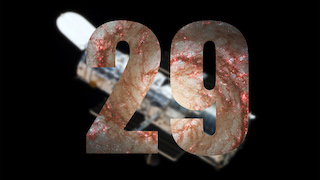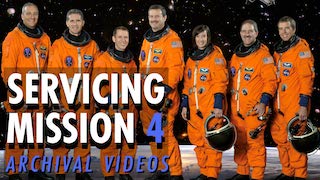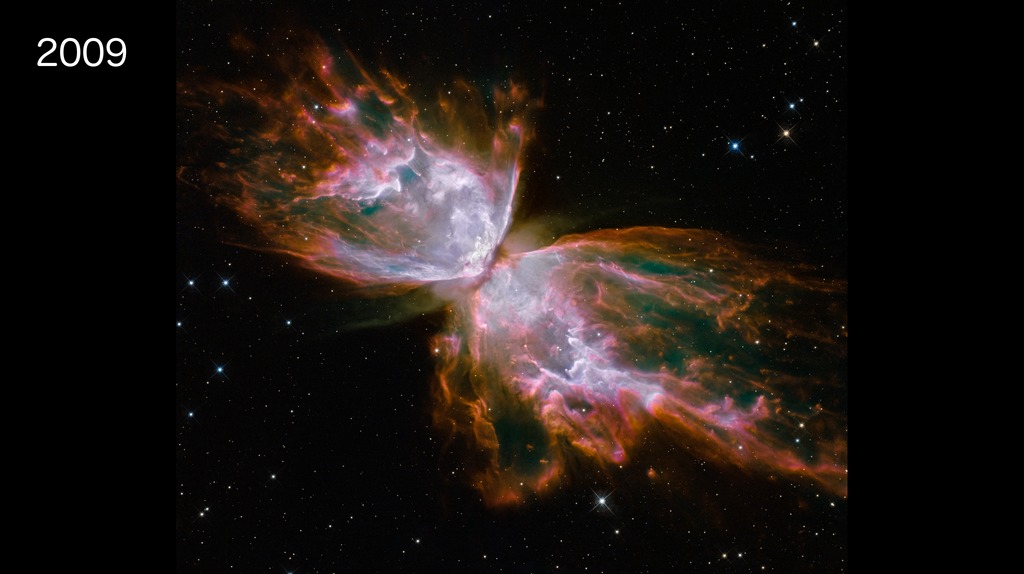Servicing Mission 4 Overview
On May 11, 2009, the brave crew of Space Shuttle Atlantis lifted off to make NASA's Hubble Space Telescope more powerful than ever before.
Hubble's Servicing Mission 4 (SM4) was the most ambitious and complicated to date. Changing out two major science instruments and repairing two others while in space helped to make this mission truly memorable. Thanks to the astronauts of SM4, the Hubble Space Telescope is at the apex of its power and capabilities.
To celebrate SM4’s 10 year anniversary, this video gives a quick and in-depth review on the accomplishments of this historic mission. The tools and the knowledge gleaned from SM4 are used today by astronauts on the International Space Station, and will be critical to NASA's future crewed missions to the Moon and Mars.
For more information, visit https://nasa.gov/hubble.
Credit: NASA's Goddard Space Flight Center/Paul Morris.
Music credits: "Aerial" by Oliver Worth [PRS]; Killer Tracks Production Music
Master version
Horizontal version. This is for use on any YouTube or non-YouTube platform where you want to display the video horizontally.
Square version
This is a square 1:1 version of the video designed for Facebook or any other platform where you want to display a full-length square version of the video.
Vertical version
This vertical version of the episode is for IGTV or Snapchat. The IGTV episode can be pulled into Instagram Stories and the regular Instagram feed.
For More Information
Credits
Please give credit for this item to:
NASA's Goddard Space Flight Center
-
Producer
- Paul R. Morris (USRA)
-
Technical support
- Aaron E. Lepsch (ADNET Systems, Inc.)
Release date
This page was originally published on Saturday, May 11, 2019.
This page was last updated on Wednesday, May 3, 2023 at 1:45 PM EDT.
